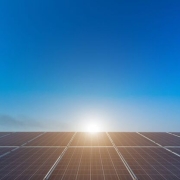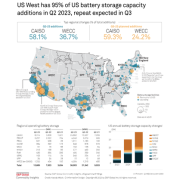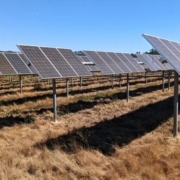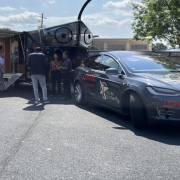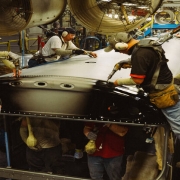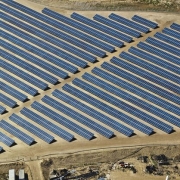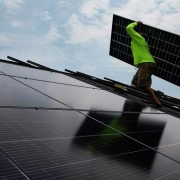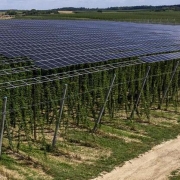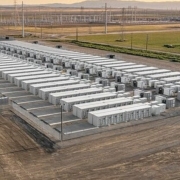As part of Pasadena’s commitment to clean energy, Pasadena Water and Power (PWP) is expanding its energy portfolio with more solar power. PWP is one of three community-owned utilities participating in a 20-year contract with the Southern California Public Power Authority (SCPPA) for the purchase of solar energy from EDF Renewable North America (EDF). The agreement is for 117 megawatts (MW) of solar energy generated by the Sapphire Solar project, which will be located in Riverside County. One third of the capacity generated by the project will be received by Pasadena beginning December 31, 2026. In addition to the solar production, SCPPA reserves the option to procure a 59 MW battery energy storage system on the project site.
“PWP takes pride in providing safe, reliable, environmentally responsible water and power service at competitive rates. This solar agreement is another important step in continuing to expand PWP’s clean power portfolio and is one of many long-term arrangements currently in development to help achieve our sustainability goals,” said Sidney Jackson, General Manager of PWP.
Click here to read the full article
Source: PASADENA
—
If you have any questions or thoughts about the topic, feel free to contact us here or leave a comment below.

